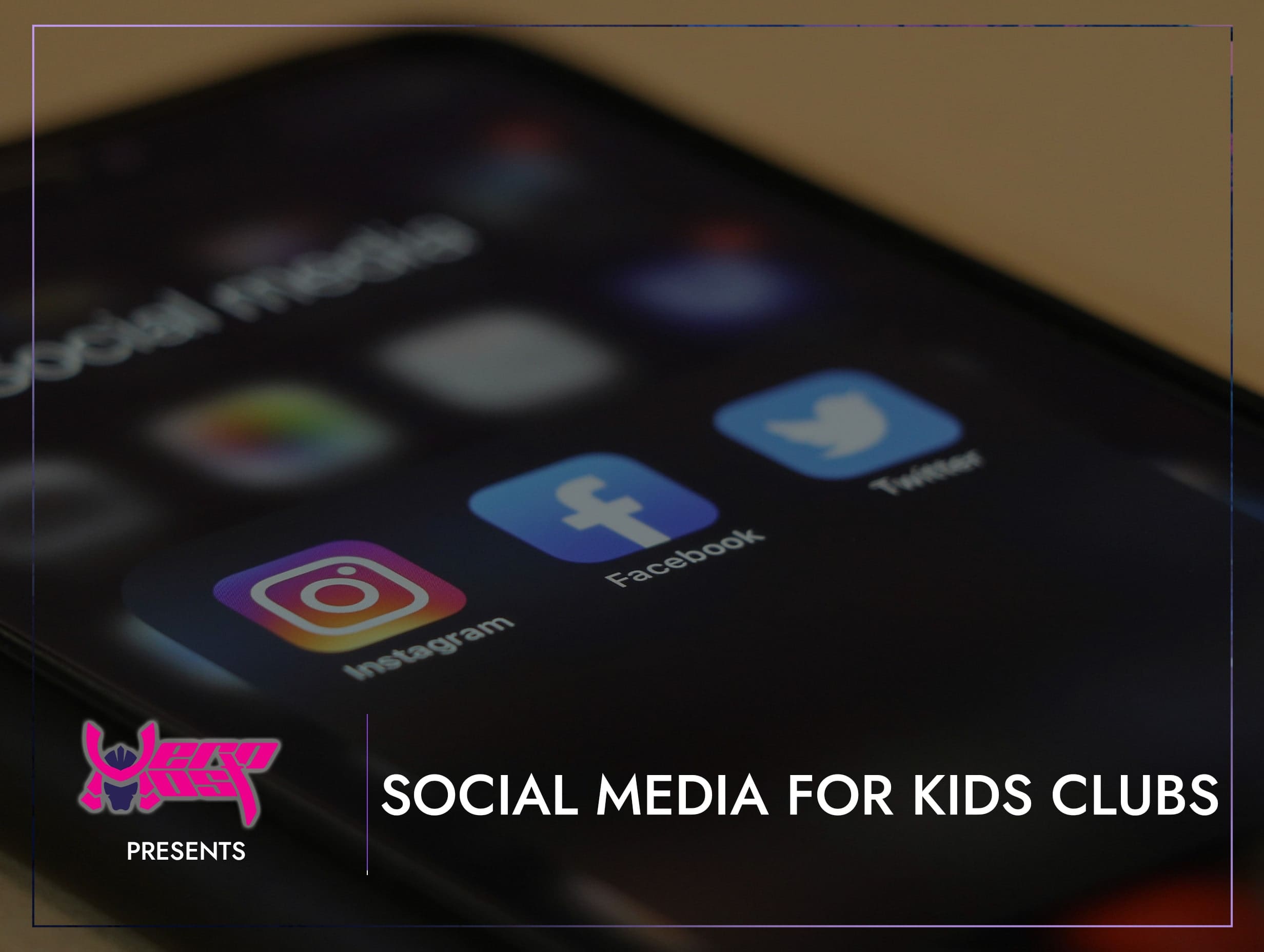The Outbound Ways Of Growing A Business
- Home
- Business Growth Guides
- The Outbound Ways Of Growing A Business

- Mikey Ryu
- June 11, 2024
- 0
The Outbound Ways Of Growing A Business
Growing a business is an exciting yet challenging endeavour. While many businesses focus on inbound strategies to attract customers, outbound marketing techniques remain a powerful way to drive growth. Outbound marketing involves reaching out to potential customers directly through various channels. This blog will explore the most effective outbound strategies that can help your business expand and thrive.
1. Cold Calling
Cold calling is one of the oldest and most direct forms of outbound marketing. It involves calling potential customers who have not previously expressed interest in your products or services. Despite being considered intrusive by some, cold calling can be highly effective if done correctly.
Best Practices for Cold Calling:
- Research: Understand who your target audience is and gather as much information as possible about them before making the call.
- Script Development: Develop a flexible script that guides the conversation without sounding robotic.
- Personalisation: Tailor your pitch to address the specific needs and pain points of the prospect.
- Follow-Up: Persistence is key. Follow up with prospects who show interest but are not ready to commit immediately.
2. Email Marketing
Email marketing remains a cornerstone of outbound marketing strategies. It allows you to reach a large audience with personalised messages tailored to their interests.
Effective Email Marketing Techniques:
- Segmentation: Divide your email list into segments based on demographics, behaviour, and past interactions to send more targeted messages.
- Compelling Subject Lines: Craft subject lines that grab attention and encourage recipients to open the email.
- Value-Driven Content: Provide valuable content that addresses the recipient’s needs and interests.
- Clear Call to Action (CTA): Ensure every email includes a clear and compelling CTA that directs the recipient to take the desired action.
- A/B Testing: Experiment with different subject lines, content, and CTAs to determine what resonates best with your audience.
3. Direct Mail
In the digital age, direct mail might seem outdated, but it can be a powerful tool when used correctly. Physical mail can stand out in a crowded digital landscape, creating a memorable touchpoint with potential customers.
Strategies for Successful Direct Mail Campaigns:
- Personalisation: Use data to personalise the mail to the recipient’s interests and needs.
- Design and Presentation: Invest in high-quality design and materials to make your mail stand out.
- Clear Messaging: Communicate your message clearly and concisely, with a strong CTA.
- Tracking and Follow-Up: Use unique codes or URLs to track responses and follow up with recipients who show interest.
4. Trade Shows and Events
Participating in trade shows and events allows you to connect with potential customers and partners face-to-face. These settings are ideal for demonstrating your products and services and building relationships.
Maximising Trade Show and Event Opportunities:
- Pre-Event Promotion: Use social media, email, and other channels to promote your participation and attract attendees to your booth.
- Engaging Booth Design: Create an attractive and interactive booth to draw in visitors.
- Product Demonstrations: Conduct live demonstrations to showcase the benefits and features of your products.
- Networking: Engage with attendees, collect contact information, and follow up after the event.
- Post-Event Analysis: Evaluate the success of the event and refine your strategy for future events.
5. Public Relations (PR)
Public relations can significantly boost your business’s visibility and credibility. By getting your business featured in the media, you can reach a broader audience and establish authority in your industry.
Effective PR Strategies:
- Press Releases: Write and distribute press releases for newsworthy events, such as product launches, partnerships, and milestones.
- Media Outreach: Build relationships with journalists and media outlets that cover your industry.
- Thought Leadership: Position yourself or your executives as thought leaders by contributing articles, speaking at events, and participating in interviews.
- Crisis Management: Be prepared to manage negative publicity with a well-crafted crisis communication plan.
6. Paid Advertising
Paid advertising is a direct way to reach your target audience through various platforms, including search engines, social media, and display networks.
Key Components of Successful Paid Advertising:
- Targeting: Use demographic, geographic, and behavioural data to target your ads precisely.
- Ad Creative: Develop eye-catching and persuasive ad creatives that resonate with your audience.
- Landing Pages: Ensure your landing pages are optimised for conversions with clear CTAs and relevant content.
- Budget Management: Monitor and adjust your budget based on the performance of your campaigns.
- Analytics: Use analytics tools to track the performance of your ads and make data-driven decisions.
7. Television and Radio Advertising
Traditional media like television and radio can still play a vital role in your outbound marketing strategy, especially for reaching a broad audience.
Maximising the Impact of TV and Radio Ads:
- Target Audience: Select channels and times that align with your target audience’s viewing or listening habits.
- Compelling Content: Create memorable and engaging ads that capture the audience’s attention.
- Call to Action: Include a clear and direct CTA, such as visiting a website or calling a phone number.
- Frequency: Ensure your ads run frequently enough to be noticed and remembered by the audience.
8. Sponsorships and Partnerships
Sponsoring events or partnering with other businesses can enhance your brand’s visibility and credibility. These collaborations can introduce your business to new audiences and create valuable associations.
Leveraging Sponsorships and Partnerships:
- Align with Your Brand: Choose sponsorships and partnerships that align with your brand values and target audience.
- Mutual Benefit: Ensure the partnership offers mutual benefits for both parties involved.
- Promotion: Promote the partnership through your marketing channels to maximise visibility.
- Engagement: Engage with the audience during the event or partnership activities to build relationships and collect leads.
Conclusion
Outbound marketing strategies remain a vital part of growing a business. By effectively implementing cold calling, email marketing, direct mail, trade shows, public relations, paid advertising, traditional media, and sponsorships, you can reach new customers and drive business growth. The key is to approach each strategy with careful planning, execution, and continuous optimisation to achieve the best results.
Search
Categorys
- Branding (12)
- Business Growth Guides (3)
- Business Insights (3)
- Content Marketing (43)
- Domain Authority (19)
- Email Marketing (28)
- Google Analytics & Search Console (5)
- Hack or Not (2)
- Hero Host News (0)
- Inbound Marketing (32)
- Lessons From Asia (40)
- Marketing Guides (11)
- Martial Arts Journey (14)
- Outbound Marketing (8)
- Search Engine Optimisation (SEO) (41)
- Social Media Marketing (38)
- Web Design (20)
- Website Hosting (4)
- Wordpress (2)





